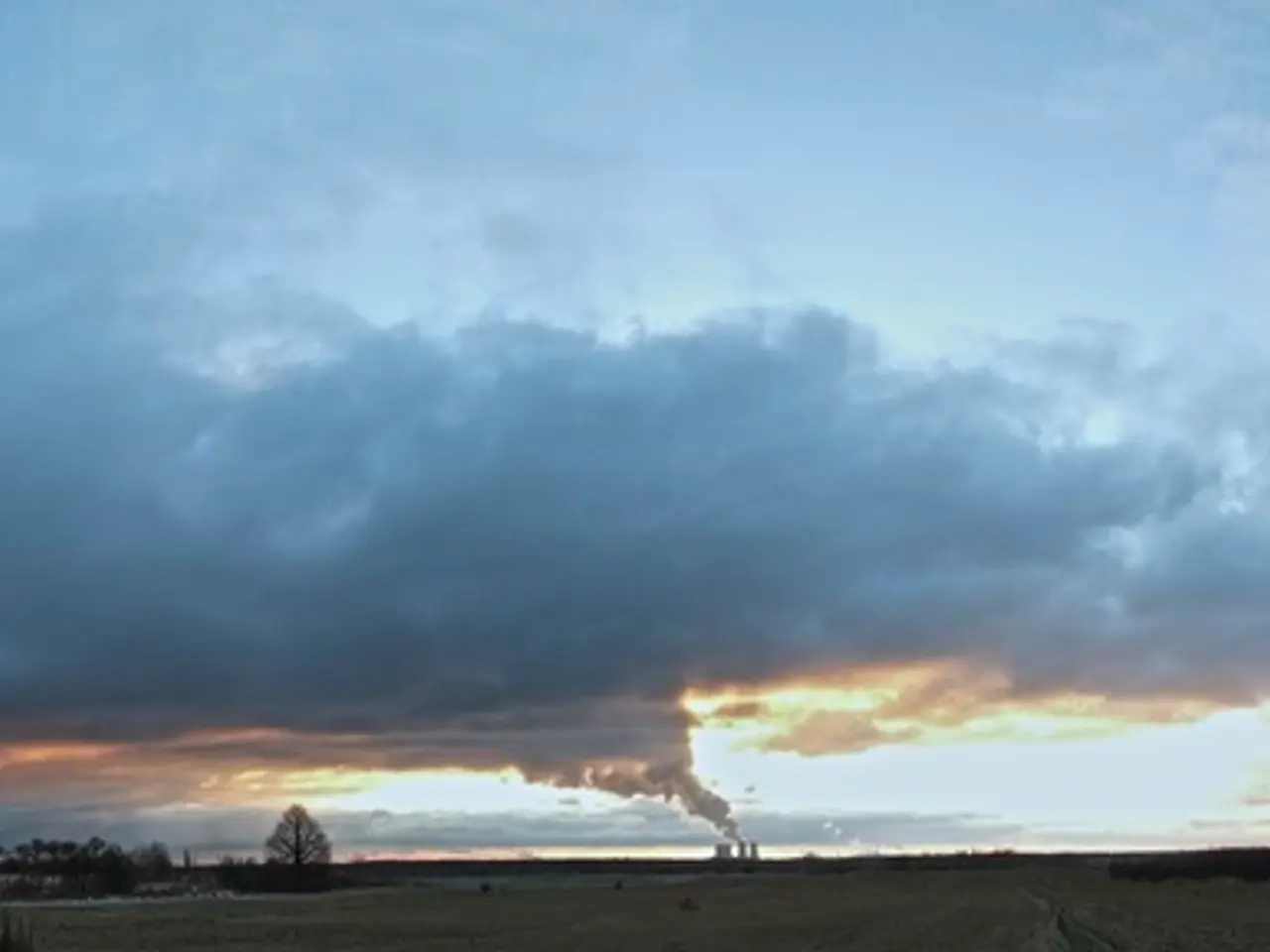Inhalers' Climate Impact: A Call for Alternatives
Inhalers are essential for millions of Americans with chronic lung diseases, but they also contribute significantly to climate change. A shift to alternative inhalers is crucial to reduce greenhouse gas emissions while ensuring access to vital medication.
Pharmacists dispensed a staggering 1.6 billion inhalers in the US between 2014 and 2024, generating substantial annual CO2e emissions - equivalent to driving over half a million cars or powering nearly half a million homes. The primary culprit? Metered-dose inhalers (MDIs) using hydrofluoroalkanes (HFAs) as propellants, which have a global warming potential thousands of times greater than carbon dioxide.
Alternative inhalers, such as nebulizers and dry powder inhalers, can significantly reduce this impact. Nebulizers, including compressor nebulizers, deliver medication as a mist and are an established alternative, suitable for the majority of patients with respiratory diseases. The US Veterans Administration's shift to dry-powder inhalers has already reduced planet-warming gases by over 68% from 2008 to 2023.
The Kigali amendment aims to reduce HFAs by about 85% before 2036, but not everyone can switch to alternative inhalers due to age, health, or cost factors. Higher temperatures due to climate change may exacerbate lung conditions, increasing the need for inhalers, creating a complex challenge for patients, healthcare providers, and policymakers.
The widespread use of inhalers in the US contributes significantly to climate change, but alternative inhalers offer a viable solution. As the Kigali amendment approaches, it is crucial to ensure a smooth transition to reduce greenhouse gas emissions while maintaining access to essential medication for millions of Americans with chronic lung diseases.
Read also:
- Willich's Senior Citizens Prepare for Council Elections, City Celebrates International Day of Older Persons
- Chronic Stress: Holistic Management for Physical and Mental Health
- St. John's Hospital in Pay Dispute Over CEO's Salary Increase
- Pre-Hispanic Colombian Faces Revealed: Digital Reconstruction Unmasks Mummies






